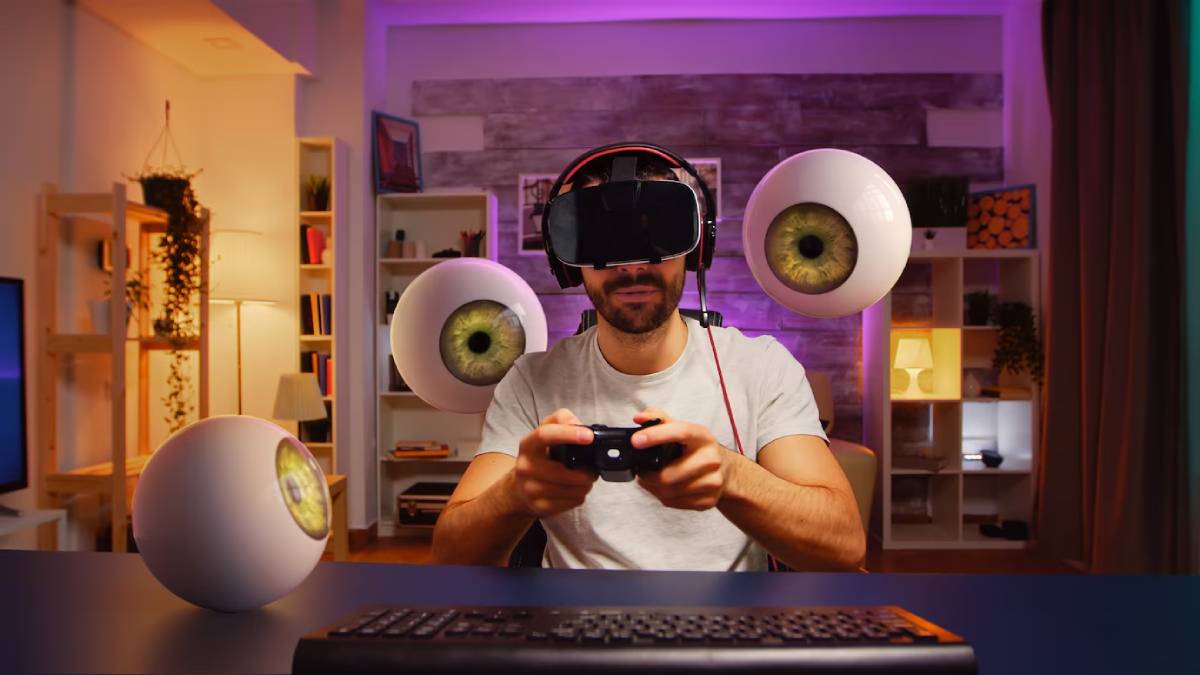
The Evolution of VR Game Engines: Past, Present, and Future
Virtual reality (VR) has changed gaming for life. It provides immersive experiences that used to seem science fiction-like. VR game engines are at the centre of this change. It is a set of software frameworks that aid developers in building stunning virtual worlds. In this blog, we discuss the evolution of VR game engines, assessing their past, present, and future.
Key Benefits / Why It Matters
The growth of VR game engines shows tech advances and human creativity. Knowing this evolution is essential for developers, gamers, and tech fans. It gives insights into the journey and what lies ahead in VR gaming.
The Past: The Birth of VR Game Engines
Early Developments and Challenges
In the early days of VR, game engines were simple. Developers often build tools from scratch. There were no standards, and limited computing power meant essential VR experiences. Many faced issues like lag and poor graphics. Still, these early engines set the stage for future progress.
Pioneering Efforts
One groundbreaking VR system came from the Virtuality Group in the 1990s. It allowed users to interact with 3D environments. While it seems essential now, it was revolutionary and opened doors for better engines.

Present: The Rise of Advanced VR Game Engines
Modern VR Game Engines
Today’s VR game engines are powerful tools that help developers create immersive and interactive experiences. Unity and Unreal Engine are setting the industry standards for VR development.
Unity: Versatility and Accessibility
Unity is known for its flexibility and ease of use. It’s popular among indie developers and big studios. Its vast asset store and strong community support make it a top choice for VR. Unity works on over 25 platforms and powers about half of mobile games, plus 60% of AR and VR content. Incorporating haptic feedback is also essential.
Unreal Engine: High-Fidelity Graphics and Advanced Features
Unreal Engine stands out for its stunning graphics and features, making it perfect for high-end VR games. With Unreal Engine 5, developers can access tools like Nanite, which creates detailed environments, and Lumen, which provides realistic lighting and shadows.
OpenXR: Standardizing VR Development
OpenXR is an open-source standard for VR and AR platforms. Managed by the Khronos Group, it aims to reduce fragmentation in AR/VR. This unified framework helps developers streamline their work.
Additional Expert Tips & Common Mistakes to Avoid
Developers should know best practices and common mistakes as VR game engines evolve.
Best Practices
- Optimisation is Key: VR games need high performance. Developers should optimise assets and code for smooth gameplay. Tools like Unreal Engine’s Instanced Stereo Rendering can help by simultaneously rendering both eyes’ views.
- User Experience (UX) Design: A seamless UX is vital in VR. Intuitive controls and comfortable interactions help prevent motion sickness and keep players engaged. Features like Unreal Engine’s VR Template can provide a good starting point for everyday actions like grabbing items.
- Testing and Iteration: Regular testing on different VR platforms is essential. Developers should welcome feedback and refine their designs.
Common Mistakes
- Neglecting Performance: Poor optimisation leads to lag and discomfort. Focusing on performance from the start is crucial.
- Overlooking Accessibility: Not all players have the same physical abilities. Developers should add accessibility features to make games inclusive.
- Ignoring Platform Differences: Each VR platform has its strengths and limits. Developers should tailor their games to fit these differences.

Advanced Insights / Expert Recommendations
To gain an edge in VR gaming, developers should consider advanced strategies.
Embracing Cross-Platform Development
With many VR devices available, cross-platform development is key. Engines like Unity and Unreal Engine support multiple platforms, allowing developers to reach more players and boost their potential revenue.
Leveraging AI and Machine Learning
AI and machine learning are changing VR gaming. AI features allow developers to create dynamic environments. Machine learning can also personalise gameplay, adapting to each player’s preferences.
Exploring New Interaction Models
The future of VR gaming will feature innovative interaction models. Technologies like hand tracking, eye tracking, and voice recognition can enhance immersion. Developers should experiment with these to create engaging experiences.
Shaping the Future of VR Game Development
History of VR Game Engines (How Rapidly Is Gaming Technology Growing?) These engines revolutionised our play, from basic 3D settings to contemporary immersive realms.
The future opportunities are vast. As innovation continues and new technologies emerge, VR game engines will further change the face of virtual reality development.
Developers need to keep up with trends in VR game engines. The future of gaming also brings the sixth generation of consoles, which will enable unprecedented graphics and audio quality, paving the way for new and exciting experiences that will keep players engaged.
So, whether you’re an experienced developer or new to VR, now is the time to dive in. Explore the exciting possibilities that VR game engines offer. The next big breakthrough in VR gaming could be just around the corner.


